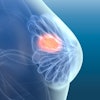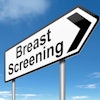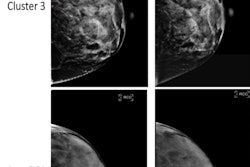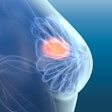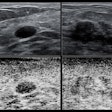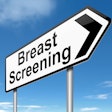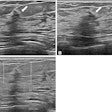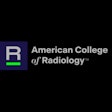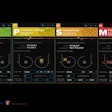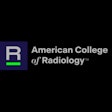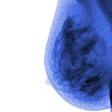Total cancer incidence rates between 2010 and 2019 significantly increased among women ages 40 to 49, but not among men, according to research published May 8 in Cancer Discovery.
A team led by Meredith Shiels, PhD, from the National Cancer Institute (NCI) also found that early-onset cancer incidence rates increased during the study period, with breast (female), colorectal, kidney, and uterine cancers contributing the largest number of additional early-onset cancers in 2019.
“Descriptive data like these provide a critical starting point for understanding the drivers of rising rates of cancer in early-onset age groups and could translate to effective cancer prevention and early detection efforts,” Shiels said in a statement released by the American Association for Cancer Research (AACR), which publishes the journal.
Recent reports have documented growing trends in cancer incidence among younger people, especially those ages 50 and younger who are not recommended annual screening. The researchers wrote that these have brought on discussions about the possibility of a national or global epidemic of early-onset cancers.
Using national data, Shiels and co-authors analyzed cancer incidence, including cancer subtypes and stage at diagnosis, as well as mortality trends for 33 cancer types among different age groups. These included the following age groups: early-onset, ages 15 to 29, 30 to 39, and 40 to 49; late-onset, ages 50 to 59, 60 to 69, and 70 to 79.
The final analysis included over 2 million cases of early-onset cancer diagnosed between 2010 and 2019. Of these, 63.2% were diagnosed in women. Breast, thyroid, and melanoma were the most common cancer types during this period for women, while for men, colorectal, testicular, and melanoma made up the most common cancer types.
Early-onset incident cancers were diagnosed at an age-standardized incidence rate of 39.8 per 100,000 cancers among 15- to 49-year-olds (1.9% of all cancers in 15- to 49-year-olds). Dividing this group further, the 40- to 49-year-old cohort had the highest incident rate at 8.8%.
Also, 14 cancer types had increasing incidence rates in at least one early-onset age group. Of these, five increased in at least one early-onset age group with no corresponding increases in any late-onset age group: melanoma, plasma cell neoplasms, cervical cancer, stomach cancer, and cancer of the bones and joints.
The other nine cancer types had increasing incidence in at least one early-onset and one late-onset age group: female breast cancer, colorectal cancer, kidney cancer, testicular cancer, uterine cancer, pancreatic cancer, precursor B-cell non-Hodgkin lymphoma, diffuse large B-cell lymphoma, and mycosis fungoides/Sézary syndrome.
About 80% of additional cancer diagnoses compared to 2010 consisted of female breast cancer, colorectal cancer, kidney cancer, and uterine cancer.
Finally, the researchers found that four cancer types with increasing incidence rates also had increasing mortality rates in at least one age group: testicular cancer, uterine cancer, colorectal cancer, and cancer of the bones and joints.
Shiels said these trends suggest that there “may be risk factors that impact cancer development across ages or advances in screening or imaging technologies that allow cancers to be detected more frequently than before.”
The authors called for future studies to examine trends across demographics and geography in detail. They added that future studies should also seek to understand the impact of screening guideline changes for breast and colorectal cancers on incidence rates in early-onset age groups, as well as the long-term effects of delays in cancer diagnoses in 2020 due to the COVID-19 pandemic.
The full study can be accessed here.

